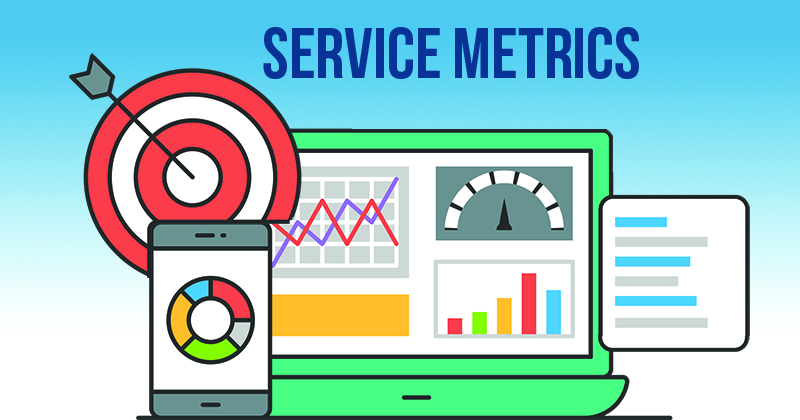Beyond Excel®: Why Certificate Management is an Important Measure of Your Business
January 3, 2025
Do you need to find another good technician?
January 4, 2025Understanding Why the First Call Success Rate (FCSR) Is Important
Field service seems like a simple idea: when a customer has a problem, you send a service technician to fix it and then send them a bill. Easy? Maybe, but it’s not simple. There are lots of things that need to go right for your service calls to go well. Is the technician trained to figure out what’s wrong and fix it? Do they have the right part(s)? Have you given the repair person enough time in your schedule? If the technician has to go to more than one place every day, have you planned the right route for them to take? Service calls can be a huge source of income and profit if they are handled correctly. In the event that the process becomes too manual, they may actually hurt your business. There are a lot of ways to measure the performance of your field service business. First, let’s look at your First Call Success Rate (FCSR).
Why Should You Call First? How Successful Your Business Is Important
The First Call Success Rate is a good way to tell if your service business is running smoothly. You should have a high FCSR if your technicians are skilled and have the right parts in their vehicles. It varies by industry, but if your FCSR is less than 80% in the office products business, you need to fix it. It depends on where you are and what your service level agreements say that return trips can wipe out your profits. Any need for an extra call is seen as a loss of profit by most service providers.
Also Read: 3 Tips to Manage a Service Program for a “Serviceless” Printing Fleet
How to Use FCSR to Measure Technician Performance
If you use an FCSR rate to rate each technician, you can quickly start to see patterns happen. It’s important to look at how fast one technician does their job over the course of a month, or maybe 50 service calls. If everything else stays the same, your best technicians are the ones with high FCSR. Plus, it helps technicians who are having trouble in certain areas get help. Most of the time, it helps you figure out what extra training a technician might need to improve their FCSR.
Tracking follow-up service calls to improve efficiency
Another good idea is to keep track of service calls that happen on the same devices again and again. One example is a device that needs service within 30 days of the service tech’s visit. This is considered the same event, and it counts against the employee’s FCSR. This makes sure that technicians don’t end the call too soon, and they also check to see if the machine is working properly in every way before ending the call.
Also Read: Help Us Help You: Technical Support Best Practices
Use of Field Service Metrics for Continuous Improvement
You can use a model of continuous improvement to track your team’s field service performance in a number of different ways. When you’re more efficient, you make more money. Miracle Service goes even further; these metrics are built into the software, so it keeps track of everything on its own. We have also teamed up with BEI Pros to help people who work with office equipment. With this exciting partnership, dealers can share their service metrics into a database for the industry. This database can then be used to compare your service provider to others in the same field. Is it taking too long for your techs to change out the fuser assembly on an HP M479? Are you paying more for a Canon ImageRunner Drum unit than the average person in the business?
Also Read: Have You Ever Seen a Government Inspector Sell a Product?
Cutting costs to help a business grow
Growing your business is often hard to do in today’s business world, but lowering your costs will definitely help you make more money. Your FCR might be the most important metric of all.
Start making your field service better right now
Get in touch with your Miracle Service Rep right away to learn how we can help you set your goals.



